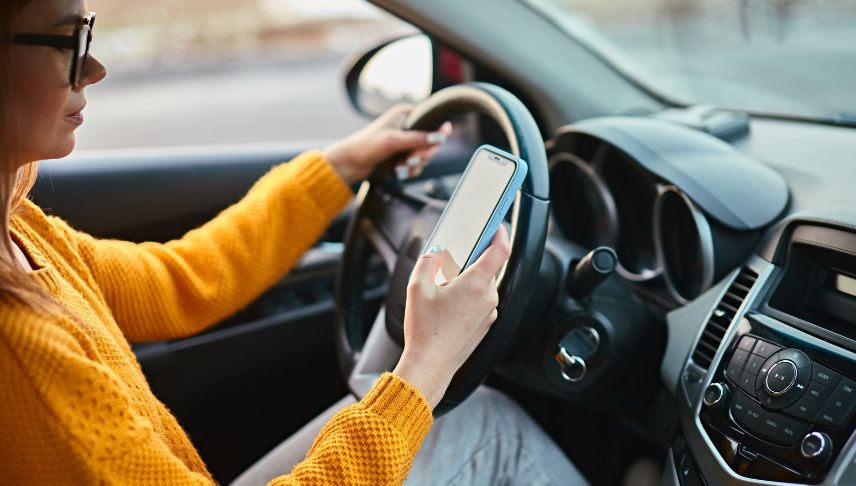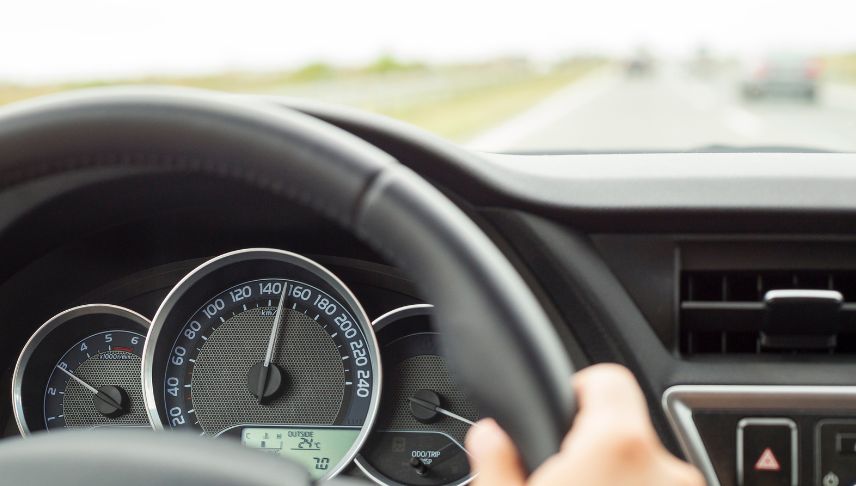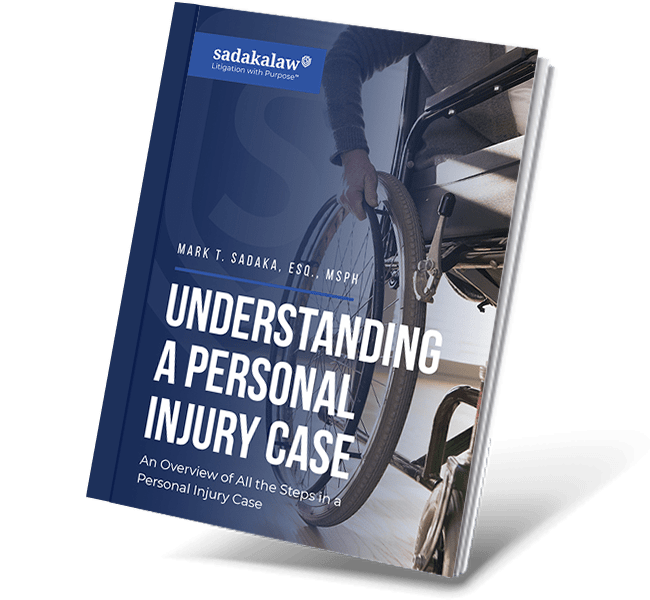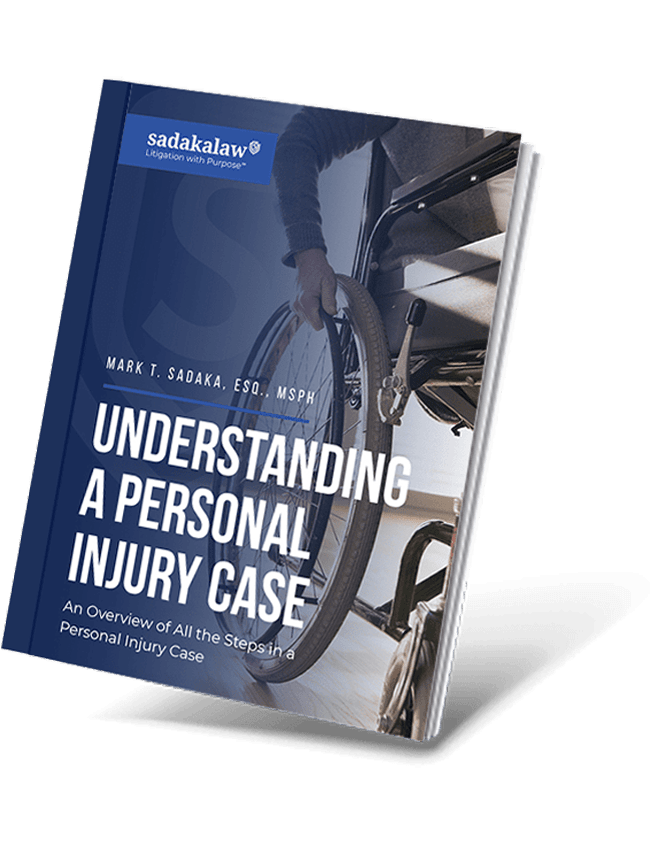What does the evidence indicate about gender and car accident rates?
Research shows men are more likely to be in severe car accidents due to riskier driving habits and higher mileage, while women generally experience fewer and less serious collisions.
Whether as a lighthearted joke or in the context of a heated discussion, it’s a debate you’ve likely encountered before: Who has more car accidents: men or women?
The truth is that bad and good driving skills cut across genders, age groups, and regions. However, when you look at the statistics, some general patterns emerge. This post will cover gender disparities in car crashes and other important information about male vs. female driving accidents.
Overview of Car Accident Statistics
Not every car accident on US roadways ends up in the databases — especially when drivers don’t report them to the police. However, the available data tell us the following:
Car Accident Statistics by Gender
- Men are more likely to be involved in accidents: In 2021, 1,577 men per 100,000 licensed drivers were involved in injury crashes vs. 1,143 women. For property damage-only crashes, the rate per 100,000 was 3,874 for men and 2,668 for women.
- More male drivers die in accidents: Men outnumber women in passenger vehicle driver deaths by a large margin. In 2021, 72% of driver deaths were males.
- Women are more likely to be seriously injured in a car crash: Women are 73% more likely than men to suffer a serious injury during a car accident when both are wearing seatbelts.
Significant Trends and Patterns
When looking at the question of “Who has more car accidents: men or women?” the following patterns help put the statistics in context:
- Men drive more miles per year than women, likely contributing to their higher number of crashes.
- More men than women die in fatal motor vehicle crashes, whether they drive a passenger vehicle, large truck, or motorcycle.
- More men die in car crashes, but women are more likely to be killed or injured in accidents of the same severity.
- Women have more accidents due to lapses, whereas men have more crashes due to driving violations like speeding and intoxication.
Factors Influencing Accident Rates

Many factors influence accident rates, including biological, behavioral, environmental, vehicular, and social. They often interact with each other to contribute to — or prevent — car crashes. While it’s impossible to separate them completely, we will explore three broad categories:
Biological Factors
Research estimates that the driver’s psychophysical condition is involved in 60-80% of traffic accidents. Biological factors affecting car accidents include the following:
- Sleepiness and circadian rhythms
- Certain diseases, disabilities, and mental health conditions
- Prescription medication, alcohol, and illicit drug use
- Personality traits like impulsiveness and sensation seeking
Behavioral Factors
Separating biological and behavioral factors can be difficult. For example, drinking too much and not sleeping enough are behaviors that cause biological effects on the body while driving. Behaviors that can increase the risk of an accident also include the following:
- Distracted driving, such as texting, eating, or adjusting the radio
- Time of driving, with a higher fatal crash risk at night
- Risk-taking behaviors, like speeding, tailgating, and blocking other cars from merging
- Driving experience and skill level
Societal and Cultural Influences
A multitude of socioeconomic factors may influence the rate of road traffic crashes, including the following:
- Marital status
- Education level
- Economic status
- Nationality
- Social influence
Again, this group of factors interacts with others and with each other. For example, if it is less common for women from one culture to drive, they may have less driving experience. If teens feel peer pressure (social influence) from their passengers, they may speed or engage in other risky behaviors.
There is even some evidence that negative stereotypes can make women drive worse. An Australian study showed that women in a driving simulator exposed to negative stereotypes about female drivers were twice as likely to crash into a jaywalking pedestrian.
Risk-Taking Behavior

One of the proposed explanations for the differences in driving safety between men and women centers on risk-taking behavior.
Exploration of Risk-Taking Tendencies
Risk-taking behaviors that influence the frequency and severity of accidents include the following:
- Speeding
- Aggressive driving
- Intoxicated driving
- Drowsy driving
- Lack of seatbelt use
Impact of Risk-Taking Behavior on Accident Rates
Research suggests that men are more likely than women to engage in all of the above risky driving practices. For example:
- Speeding contributes to a larger percentage of fatal accidents for male drivers than for female drivers.
- The percentage of fatally injured drivers with blood alcohol concentrations at or above .08% is substantially higher for males than females.
- In fatal crashes, men are significantly more likely than women to be drowsy.
- Men are more likely to be aggressive behind the wheel.
- Among front-seat passengers, 89% of men and 92% of women use their seatbelts.
Driving Habits and Preferences
In some cases, differences in driving habits and preferences are behind differences in accident frequency for men vs. women.
Differences in Driving Habits Between Genders
- Men drive more miles than women.
- Men drive more aggressively than women.
- Women often drive smaller vehicles.
- Women are more likely to use cell phones while driving.
How Driving Preferences Contribute to Accident Rates
While the relationship between driving preferences and behaviors isn’t one-to-one, it’s easy to see how one can affect the other. For example:
- Driving more miles could explain the higher accident numbers for men.
- Risky driving behaviors like drinking and speeding could explain higher accident numbers for men.
- Lack of seatbelt use could partially explain the higher fatality numbers for males.
- Driving smaller vehicles could partly explain the increased injury rates for women.
Type and Severity of Accidents

Accident rates are only one aspect of traffic crashes. Other important factors are the type of car accident and the severity of the collision.
Common Accidents for Each Gender
When it comes to car crash rates by gender, an Australian study showed that men had higher rates than women for nearly all accident types, including the following:
- Single-vehicle crashes
- Crashes on streets with a speed limit of 80 km/h (around 50 mph) or above
- Crashes in wet conditions
- Crashes in the dark
Insurance Institute for Highway Safety data suggest another difference in crash type by gender. In front-to-rear and front-to-side crashes involving two vehicles, men are more likely to drive the striking vehicle, while women are more likely to drive the struck vehicle.
Analysis of Accident Severity by Gender
As we have discussed, there are also notable gender differences in the seriousness of crashes:
- Men are more likely to be involved in fatal accidents, both as drivers and as passengers.
- Women are much more likely than men to be seriously injured in a crash.
- Women have a lower overall crash risk but are more likely to suffer an injury requiring hospitalization.
Age and Experience
Speaking of stereotypes, younger and older drivers have a reputation for poor driving. But is the stereotype true?
Influence of Age on Accident Rates
The National Safety Council (NSC) provides the following statistics on driver age and age group comparisons:
- Drivers aged 16-19 have the highest crash rate, which decreases starting at age 20.
- The crash rate per 100,000 licensed drivers steadily drops as driver age increases.
- The fatal crash rate follows the same pattern until age 75, at which point it increases again.
- The number of drivers involved in fatal crashes is highest for the 25-34 age group.
- The motor vehicle death rate is highest among people 75 and older.
How Driving Experience Affects Accident Likelihood
We naturally assume older drivers are better drivers because they are more experienced. However, although age and experience are important, it’s not completely clear how the two factors interact.
- One study on commercial truck drivers suggested that both factors influence crash rates but that experience matters more than age.
- An older Canadian study showed a high injury accident rate for young men (16-18) that decreases with age for both experienced and inexperienced drivers.
- A Chinese study indicated that novice drivers are more likely to suffer fatal accidents when they are under 30 or over 55. Experienced drivers, however, have a lower fatal accident risk when they are young and a higher risk when they are old.
- Research suggests that inexperienced drivers overestimate their driving skills and are more likely to be affected by external distractions.
Are There Specific Types of Accidents That One Gender Is More Prone To?
Every year, millions of motor vehicle collisions cause property damage, bodily injury, and fatalities. While anyone can have a car accident at any time, there are a few key differences in accident types. In summary:
- Men are significantly more likely to be involved in fatal accidents.
- In two-vehicle front-to-rear and front-to-side crashes, men are more likely to drive the striking vehicle, while women are more likely to drive the struck vehicle.
- More than 20% of men studied crashed in pick-up trucks vs. less than 5% of women.
Need Legal Help After a Car Crash?
If you’ve been involved in a serious traffic crash, the answer to “Who has more car accidents: men or women?” ultimately doesn’t matter. What matters is that you have an experienced car accident attorney on your side. Call the experienced New Jersey team at Sadaka Law at 1-800-810-3457 for a free consultation today.


